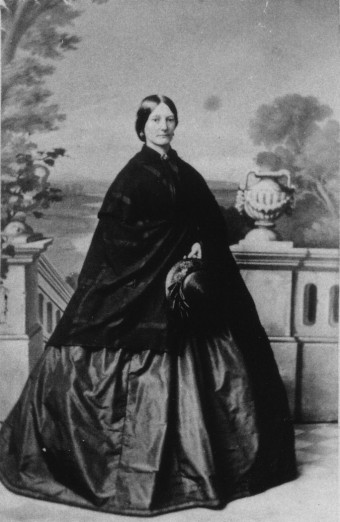60th Object Como Collection
Ethel Armytage was lovingly remembered by her family.
The Caroline and Charles Armytage lost one child during their married life together at Como. Ethel Maude Armytage, 1856-1872 died at the age of seven from diphtheria. The image taken of Ethel in this mourning frame shows her as a healthy child posed in a chair at the Johnstone O’Shannessy and Co. photography studio.
The year of Ethel’s death coincided with the publication of the report of the Royal Commission into Diphtheria. The seriousness of the disease, its spread, lack of treatment and outbreaks throughout the state were of urgent concern to the government of the time.
“from 1861 to 1870 inclusive- the deaths ranged annually from 331 to 418. The total number of deaths up to that time was 4992 …
C. M. d’ Almeida Lempriere, Esq., ::\I.R.C.S., sworn and examined.
1371. Have you had many cases of diphtheria under your care ?-Yes, a great number.
1372, Could you say the number ?-Not exactly.
1373. Have ·you had a hundred?-Yes, many more than that.
137 4. Two hundred ?-I should· think more; I should think at least 300 or 400.
1375; Was there anything in the locality in which those cases occurred that struck you ?-It used to puzzle me: the worst cases were on the tops of hills and the top of South Yarra, next door to me, one of the·healthiest places in South Yarra; they were worse cases I think than those on lower ground.”
Royal Commission into Diphtheria 1872










